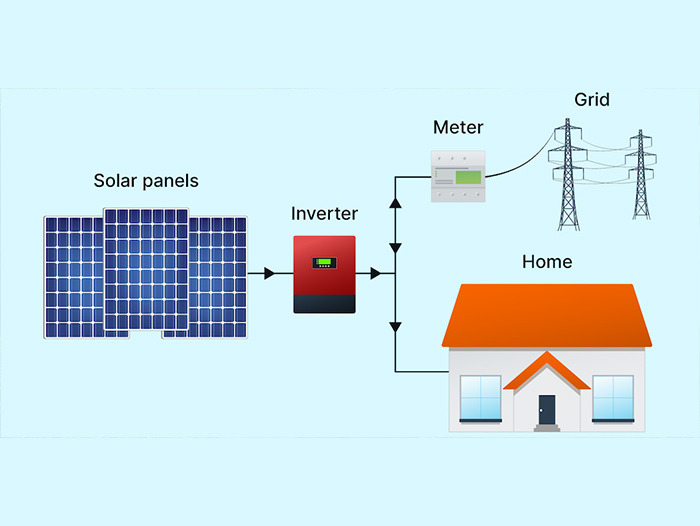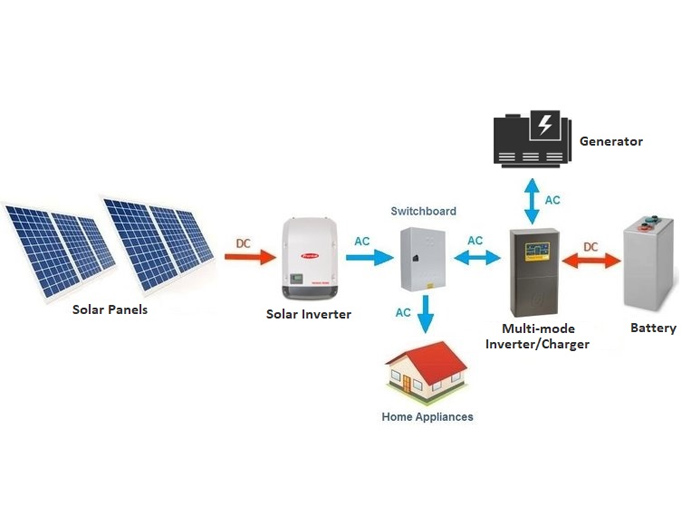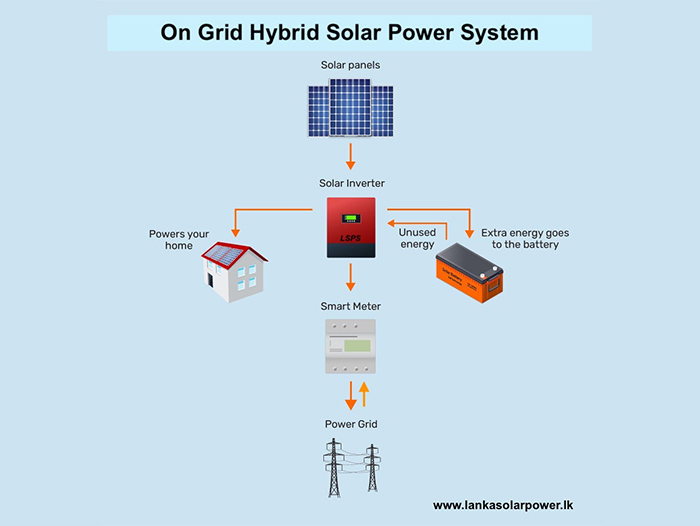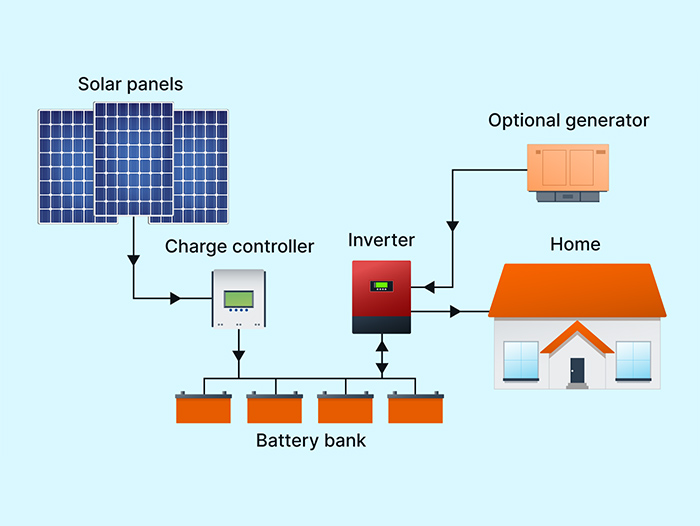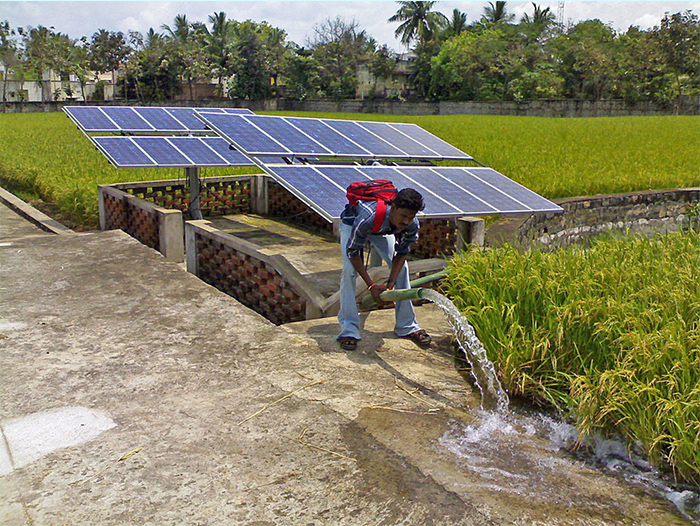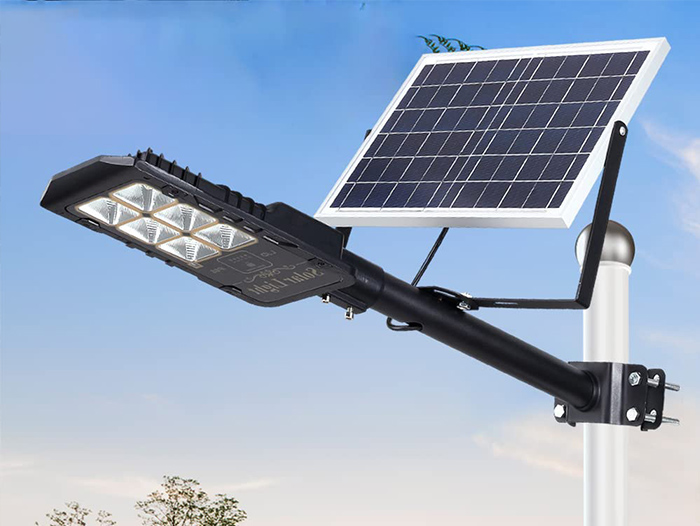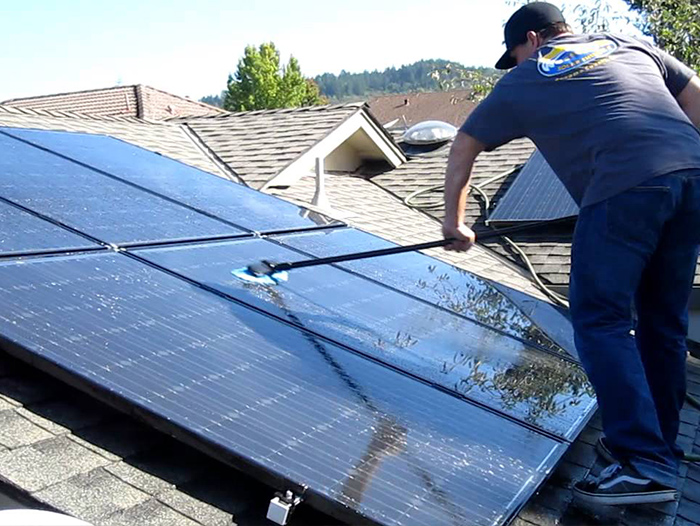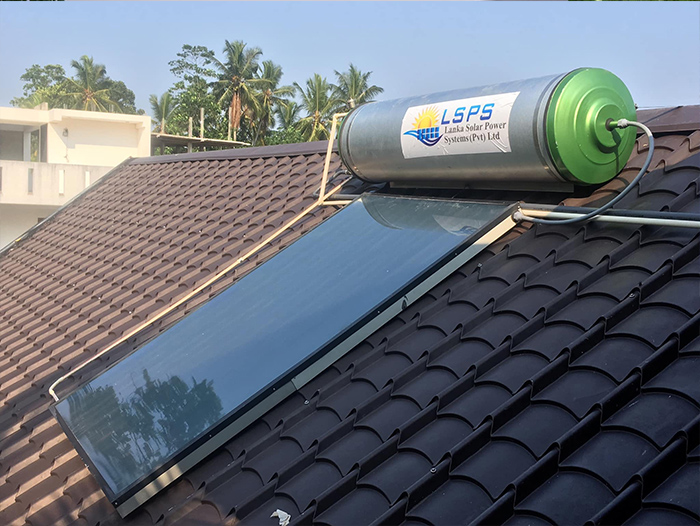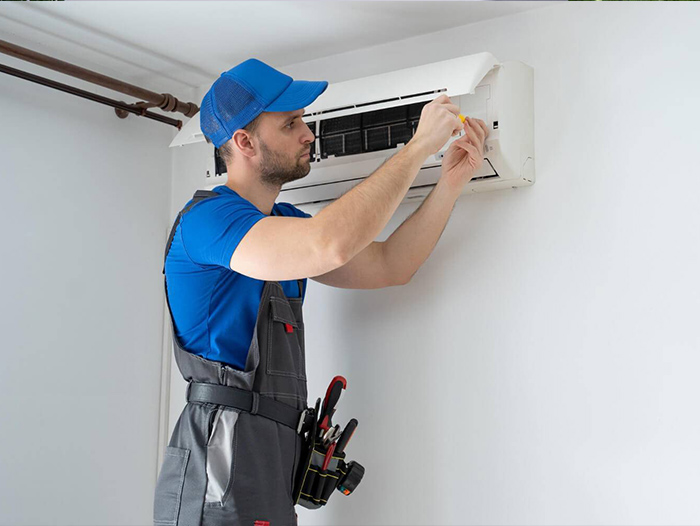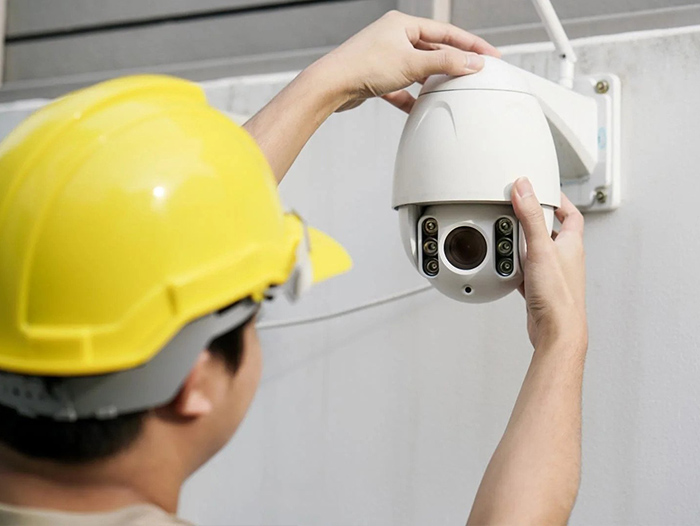What we do

Provide unique Solution and Techniques to ensure the successful delivery of renewable and sustainable energy projects promptly.

Deliver a value for our clients with creative, experienced and highly skilled Engineering team in the design installation, operation and maintenance of high quality sustainable Energy Solution.

Produce Solar Photovoltaic power plant in various application such as residential, industrial, commercial and agriculture.

